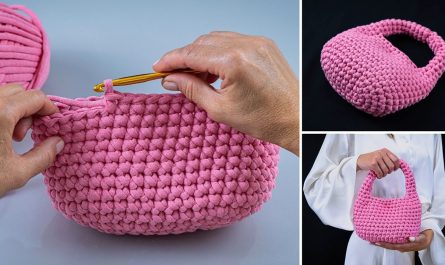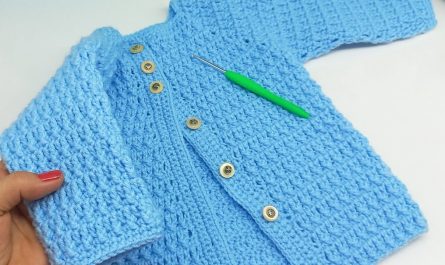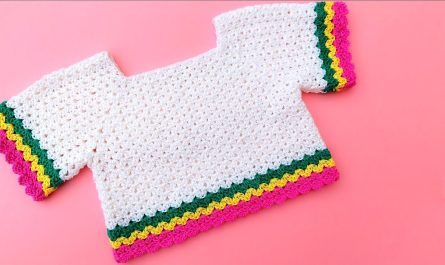Sure! Here’s a detailed guide titled “How to Make a Beautiful Board Game for Your Beautiful Home” — covering everything from design to crafting, with an emphasis on aesthetics, personalization, and fun.
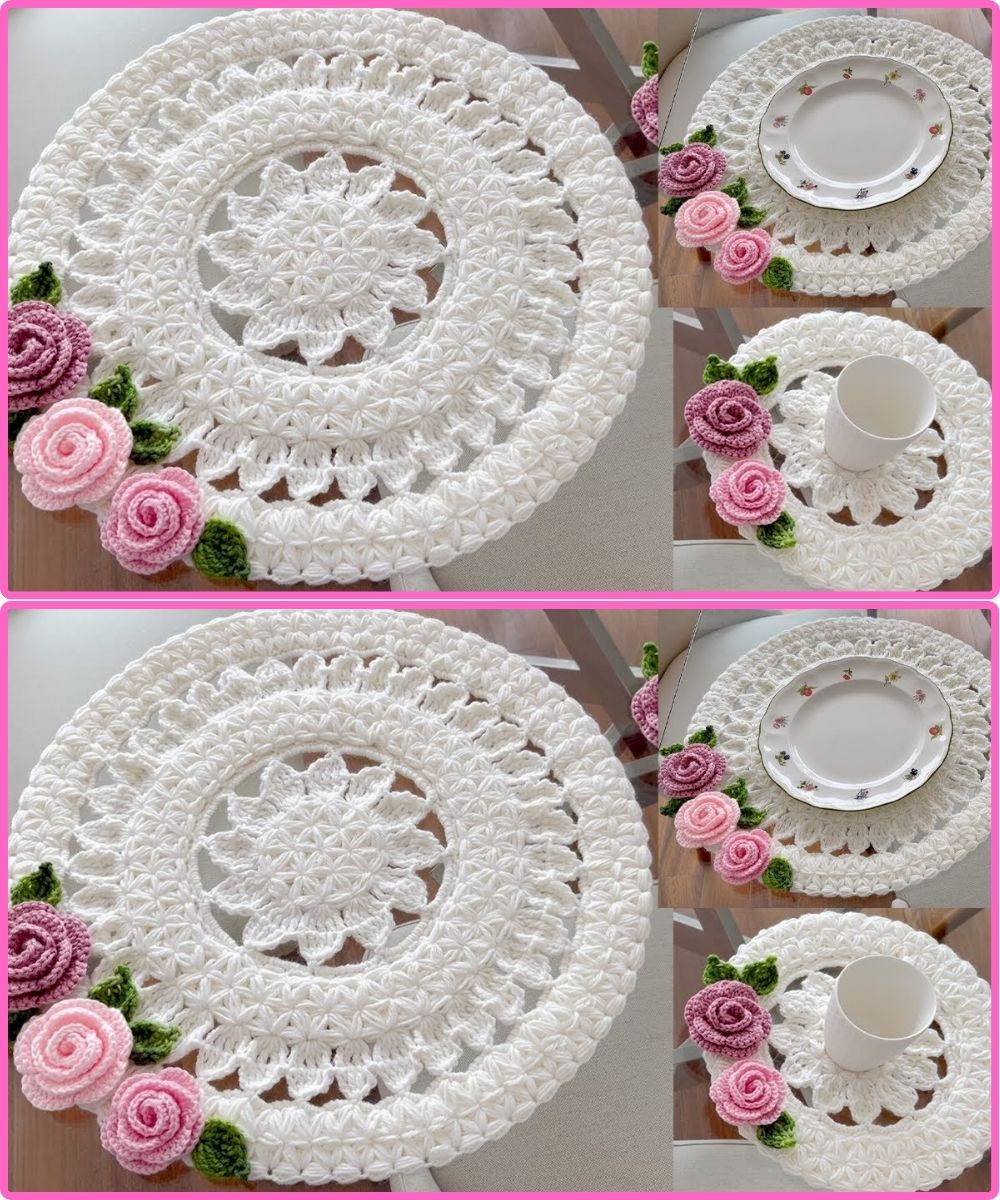
How to Make a Beautiful Board Game for Your Beautiful Home
Designing and crafting your own board game isn’t just a fun DIY project—it’s also a chance to create a unique, personalized piece that reflects your taste and creativity. Whether it’s for cozy family nights, entertaining guests, or simply to decorate your coffee table with style, a homemade board game can bring beauty and joy to your home.
✨ Step 1: Choose the Game Concept
Before you begin, decide what kind of game you want to make:
-
Theme: Choose a theme that matches your home decor or interests—e.g., nature, vintage travel, modern art, cottagecore, fantasy.
-
Type of Game: Consider classic formats:
-
Strategy Game (like Settlers of Catan)
-
Trivia or Question Game (like Trivial Pursuit)
-
Adventure Game (like Candy Land)
-
Roll-and-Move (like Monopoly or Snakes & Ladders)
-
Card-Based Game
-
Tip: Simpler rules = easier crafting and more universal appeal.
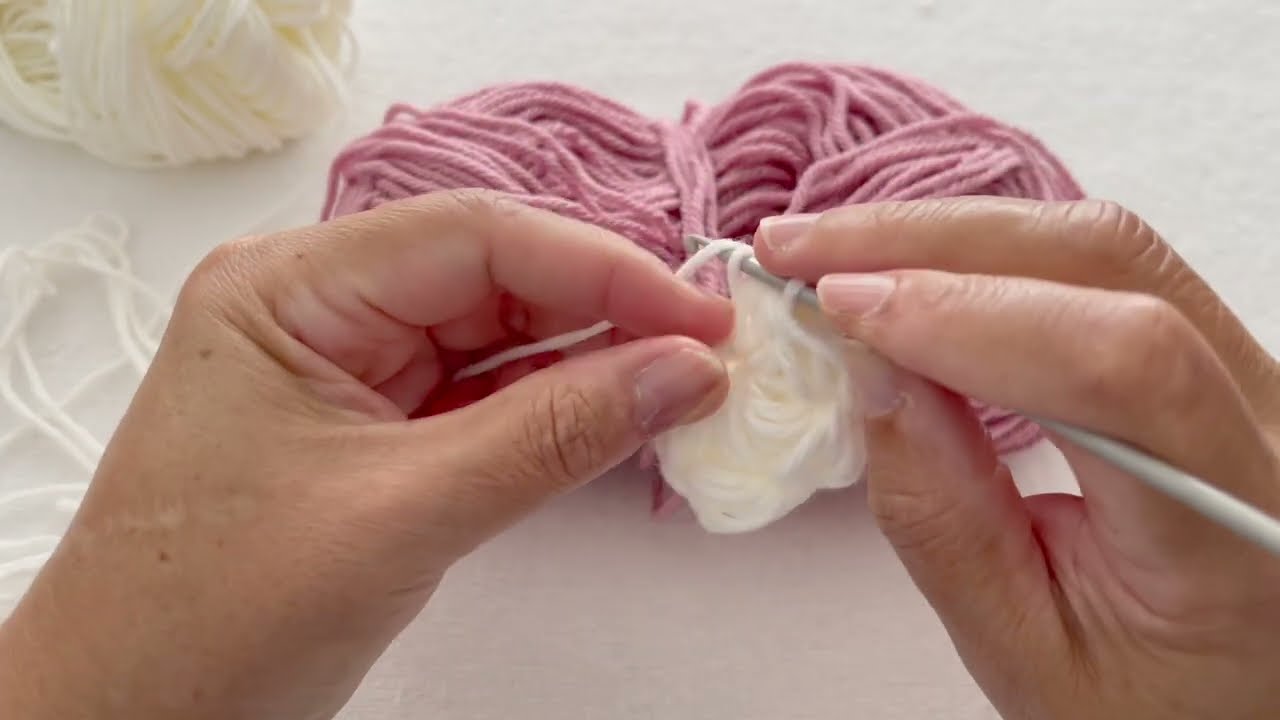
Step 2: Design the Game Board
-
Sketch the Layout:
-
Use grid paper or digital tools (Canva, Illustrator, Figma).
-
Plan spaces, paths, zones, or cards based on your game logic.
-
-
Choose an Art Style:
-
Hand-drawn, watercolor, minimalist, retro, woodcut, etc.
-
Pick a color palette that matches your home’s vibe.
-
-
Use High-Quality Materials:
-
Backing: Sturdy chipboard or MDF wood panel
-
Surface: Thick watercolor paper, canvas board, or printed adhesive vinyl
-
Optional: Use Mod Podge or matte varnish for a sealed, finished look.
-
Tip: Mount your final design on a folding board for easy storage.
Step 3: Create Game Pieces
-
Pawns & Tokens:
-
Use painted wooden figures, clay sculptures, or repurposed items like stones, buttons, or wine corks.
-
-
Dice:
-
Buy or handcraft from wood/clay; personalize with engraved or painted numbers.
-
-
Cards:
-
Design cards using card stock or printable sheets.
-
Use themes or illustrations to enhance storytelling.
-
Store in a custom envelope or box for a clean look.
-
Tip: Use gold/silver leaf accents or embossing to elevate the design.
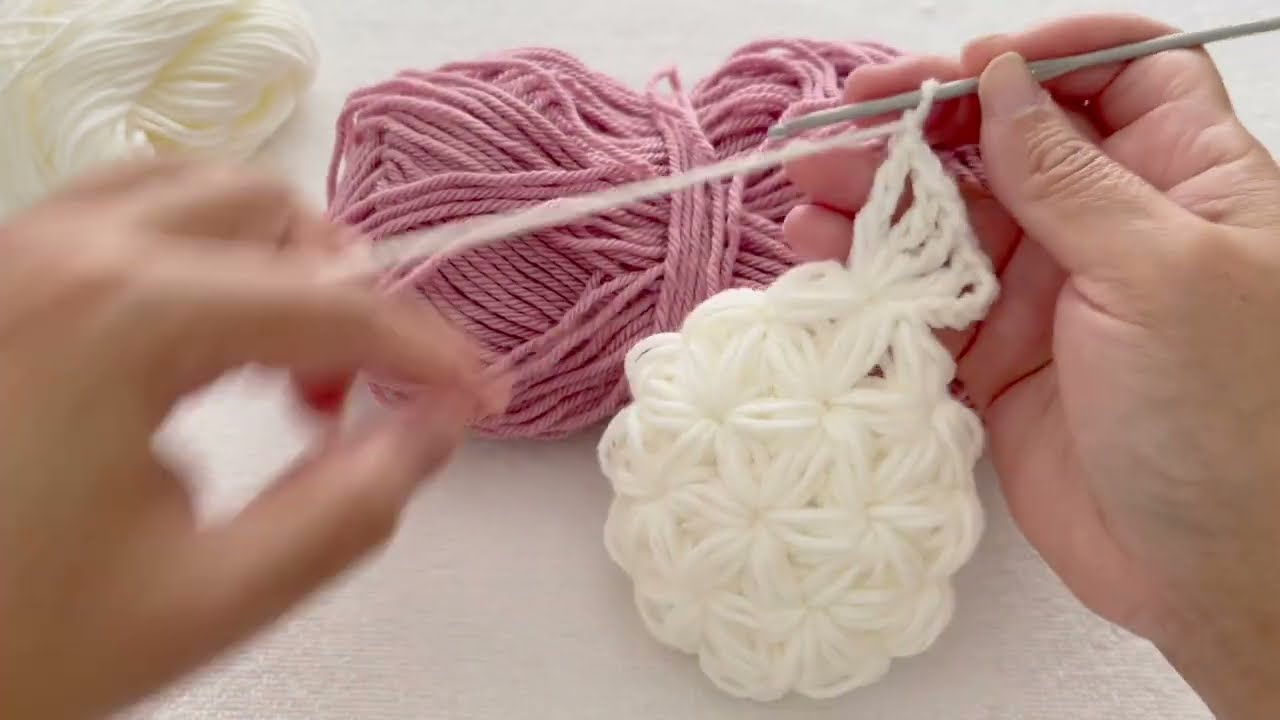
Step 4: Write Rules & Instructions
-
Keep it clear, concise, and visual.
-
Include:
-
Objective
-
Setup
-
Turn structure
-
Winning condition
-
-
Print your rules on a decorative scroll, fabric, or in a small booklet.
Tip: Use poetic or thematic language to match your aesthetic.
Step 5: Personal Touches
-
Packaging: Make a wooden box, fabric wrap, or leather case.
-
Display: Place it on a dedicated shelf or coffee table when not in use.
-
Theme Extras: Add background music playlists, scented candles, or matching coasters to enhance game night ambiance.
Materials Checklist
-
Chipboard, wood, or heavy paper for the board
-
Paints, pens, or digital printing
-
Adhesives and sealants (e.g., Mod Podge)
-
Clay, wood blocks, or found objects for tokens
-
Cardstock for cards
-
Ruler, cutting tools, and templates
-
Storage box or pouch
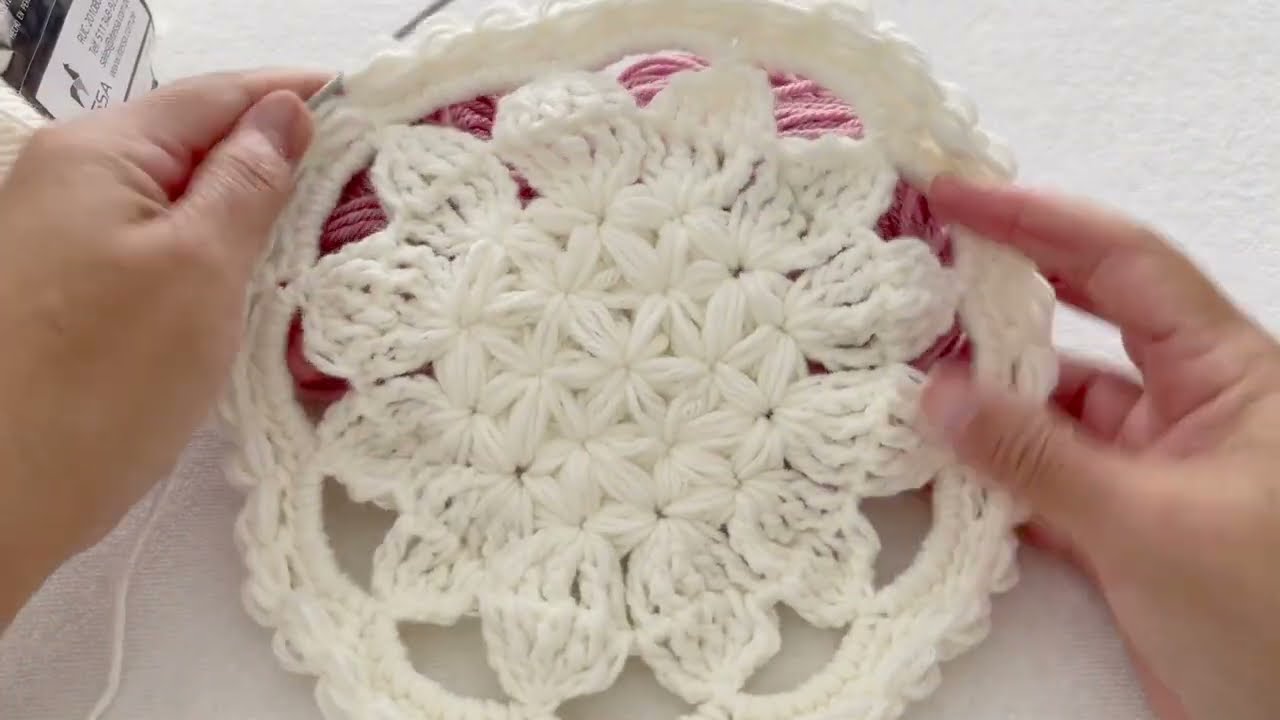
Bonus Ideas
-
Make it seasonal (e.g., a winter holiday game with snowy paths and cozy art)
-
Add interactive elements (magnets, spinning wheels, hidden messages)
-
Include custom trivia about your family, home, or local history
Final Thought
Creating a beautiful board game isn’t just about crafting a fun activity—it’s about making something meaningful, artistic, and infused with personality. When you put it on your shelf, it won’t just say “Game Night”—it’ll say this is home.
Watch tutorial:

